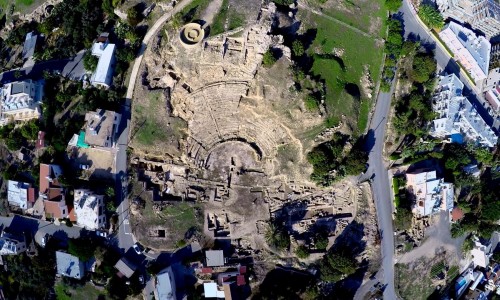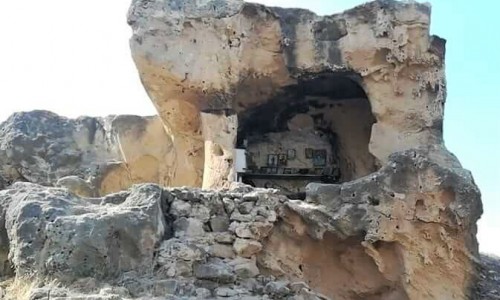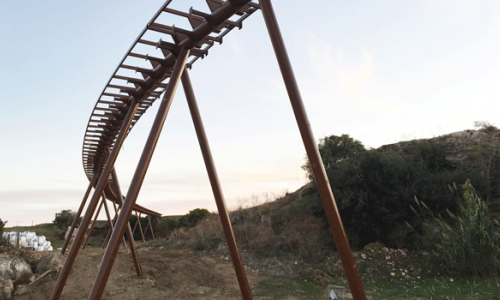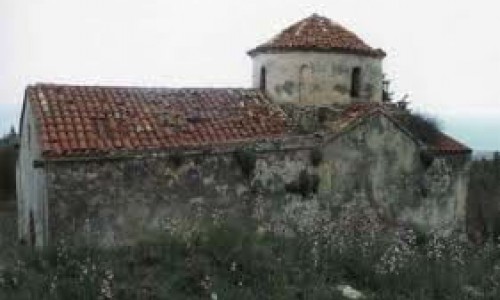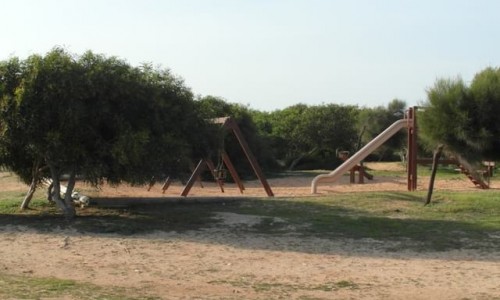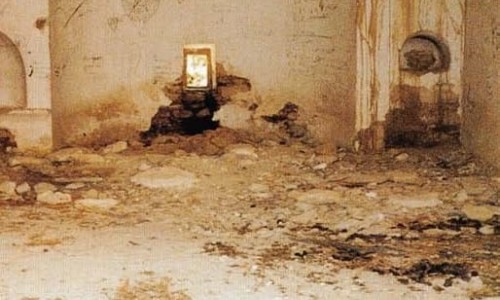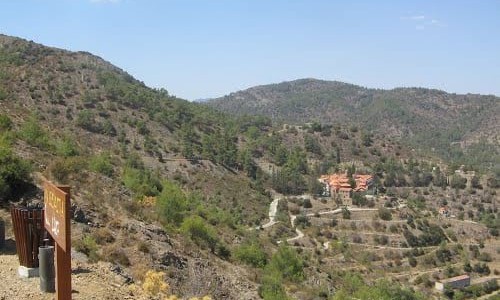Kormakitis Forest
Nestled on the fringes of the Maronite village of Kormakitis in northwestern Cyprus, Kormakitis Forest forms a calm, green companion to a community whose language, history, and identity feel like fragile treasures in time. Beneath the slopes behind the village lies a quiet woodland where pine, scrub, olive, and arable patches dissolve the hard edges of rock and road.
This is not a place of curated nature—but of lived landscape: where forest greets history, and where wildlife flickers between shaded trails and coastal breezes.
Where Land and Culture Meet
Just kilometers inland from dusty roads and stone homes, forest blocks rise softly across ridges and olive-clad slopes of the Keryneia Mountains. These wooded zones—including designated blocks like Forest Block Numbers 3, 4, and 5—form a green belt leading toward Cape Kormakitis, heralding transition from farmland to forested hills.
Sunlight filters gently through pine and oak, guiding visitors on quiet trails. Olive terraces slope downward toward orchards, and beyond, the Aegean Sea shimmers into view. The smell is herbal, resinous, and faintly sweet with sage or thyme.
A Refuge for Wildlife and Migratory Birds
Kormakitis Forest sits within an ecologically significant zone. The nearby Kormakitis Peninsula is recognized as an Important Bird Area, especially during autumn migration. Raptors, herons, larks, wheatears, warblers, and nightjars mark the season with their silent flight across hills or perched in rocky clearings.
Within the forest itself, the undergrowth cradles smaller wildlife: foxes, hares, and songbirds that exchange quiet chatter beneath branches. It’s not a flocking place—but patrons of patience may glimpse a kestrel hovering or hear the warbler’s soft call.
A Day in the Woods
Morning: Follow a winding path uphill from Kormakitis. Mist hangs between pines, and temperature cools. Olive trees beside the trail nod in soft breeze, and the horizon stretches toward sea-etched ridges and quiet ruins.
Midday: Rest in a shaded olive grove with dappled sun and cool air. Watch birds drift. The hush feels respectful—wild, generous, unworried.
Afternoon: Descend trail loops that lead near Cape Kormakitis, where coastal paths unfurl as sea meets scrub. In late afternoon light, hills glow soft gold; the sea turns gentler still.
Who Will Find Meaning Here?
- Birdwatchers drawn to migration rhythms over coastal slopes
- Hikers and walkers seeking a quiet green alternative to rugged ridge trails
- Cultural travelers who know Kormakitis not only for its architecture—but for what once lived in the soil
- Artists and photographers chasing light through branches, echoes of cedar, and horizon silhouette
- Pilgrims and seekers cherishing solitude near homes both hungry for and hesitant of return
Visitor Tips
- Bring water and snacks—amenities are virtually absent.
- Wear sturdy shoes—paths are natural, soft but uneven.
- Visit in spring or autumn—wildflowers bloom and migratory birds pass.
- Respect silence—this forest breathes on its own.
- Connect gently—its rhythms are not staged but lived
Kormakitis Forest does not shout with spectacle. It offers something subtler: a living pause, generous air, and a quiet echo beneath the Five-Finger ridge. It holds history without needing to speak, soil that sustains the Maronite olive groves and the Maronite memory itself.
Walk here once or linger longer. In sunlit hush or rising breeze, you see what endures: not boundaries or lines, but a landscape sustained by stillness—a soft green memory beside life and loss.


